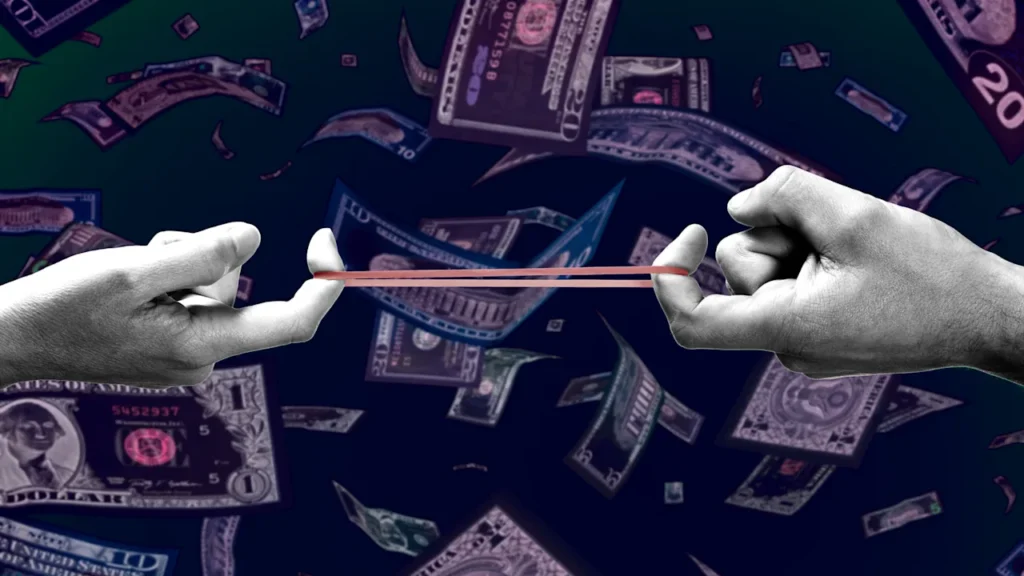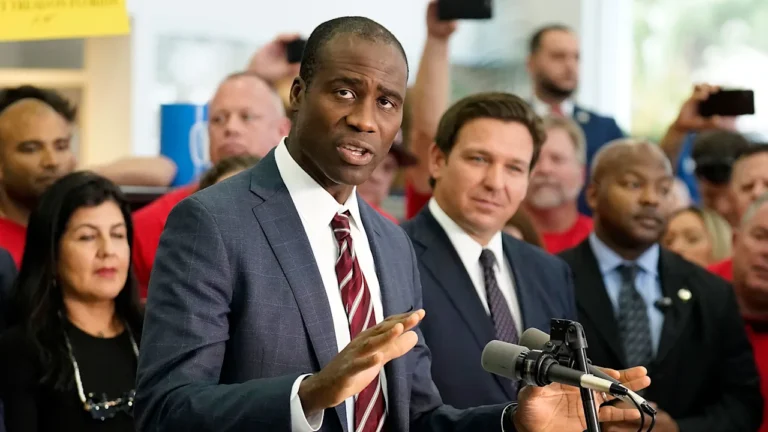
Consumers are more willing to accept price increases on specific products as a result of tariffs—but only within certain limits. That’s one upshot from the upcoming 2025 FutureBrand Index, which launches later this year and includes data shared exclusively with Fast Company.
President Donald Trump’s tariffs are starting to make a mark on businesses and consumers, with Americans facing a cumulative increase in prices that will cost the average household some $2,700 in lost income, according to the Yale Budget Lab.
Some products will be worse hit than others: Clothing prices are expected to rise by 36% in the short term, while motor vehicle prices will rise some 13%, Yale predicted. And on a broad scale, experts have estimated that GDP could shrink by as much as 6% over the long-term as demand for goods and services dwindles.
Yet consumers may be more tolerant of price increases in some cases than they are in others, the FutureBrand Index found. In a survey of more than 3,000 professionals, it reported that a price increase of 20% appears to be the maximum before most consumers balk and look for cheaper alternatives.
“As far as we can judge, a maximum price increase of around 20%, driven by tariffs or changes in trade rules, is often acceptable when it is clearly explained and positioned within certain key factors,” according to the report.
“The 20% figure is a useful benchmark, but it’s crucial to recognize that, for humans, price is a feeling,” said Jon Tipple, FutureBrand’s chief strategy officer. “The perceived value, the brand’s reputation, and the public’s emotional connection all influence how that number is interpreted.”
“This means brands can exceed that threshold if they successfully reframe the narrative and enhance the overall experience,” he added.
Should companies explain tariff price hikes? Probably
Digging deeper, how much more people are willing to pay varies substantially across industries.
For example, consumers are willing to accept a 25% increase in the cost of technology and software, but only a 20% hike in the price of food or alcohol before they consider shopping around.
Most people will tolerate a 22% rise in the cost of “retail” products (a category the index defines as a “broad range of goods,”) and a 21% increase in the automotive and manufactured parts categories.
Transparency and justification stand out in the index report as key to how consumers and businesses react to cost increases. If companies can justify hiking their prices, for example by making clear they are out of the company’s control as in the case of tariffs, consumers tend to be more understanding.
That finding jibes with recent polling from Pew Research that found some 61% of respondents disapprove of the Trump administration’s tariffs—a sign that Americans do, by and large, understand that price increases are tied to external business factors.
In other words, consumers don’t feel like businesses are simply trying to squeeze them purely for profit.
Critically, the index found that “value preservation is essential; people are more willing to pay higher prices if quality, reliability, and service levels remain intact despite the trade-related challenges.”
What this seems to suggest is that tariff-induced price increases are somewhat psychological. If businesses can successfully tie a cost hike to higher duties or other things beyond their control, then at least some customers will take it in stride.

